Australia is famous for its stunning opera house, beautiful beaches, and vibrant reefs. But it’s perhaps best known for being home to some of the world’s deadliest animals. You might hear rumors that it has all the deadliest creatures, but the facts tell a different story.
Australia has around 66 venomous species, which is fewer than countries like Brazil and Mexico, boasting 79 and 80 species, respectively. However, when it comes to the potency of their venom, Australia’s reputation makes more sense. Creatures like the inland taipan snake, box jellyfish, Sydney funnel-web spider, and stonefish rank among the most venomous in the world.
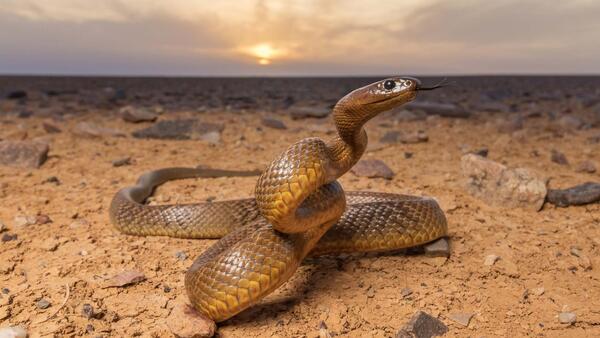
Among these, the inland taipan (also known as the "fierce snake") is often considered the most venomous snake on the planet. Its venom is estimated to be 50 times more toxic than that of the common cobra. A single bite contains enough venom to kill multiple adult humans, or about 250,000 mice! Despite its lethal capabilities, the inland taipan is reclusive and prefers to avoid human contact, which makes encounters rare.
A prime example is the Elapidae snake family, known for their short fangs and quick movements. Out of about 300 species of elapids, around 60 are found in Australia. Some, like the timid coral snake, prefer to avoid humans, while others, like the aggressive taipan, are more confrontational. Elapids deliver their venom through a downward bite, injecting neurotoxins that can paralyze their prey instantly.
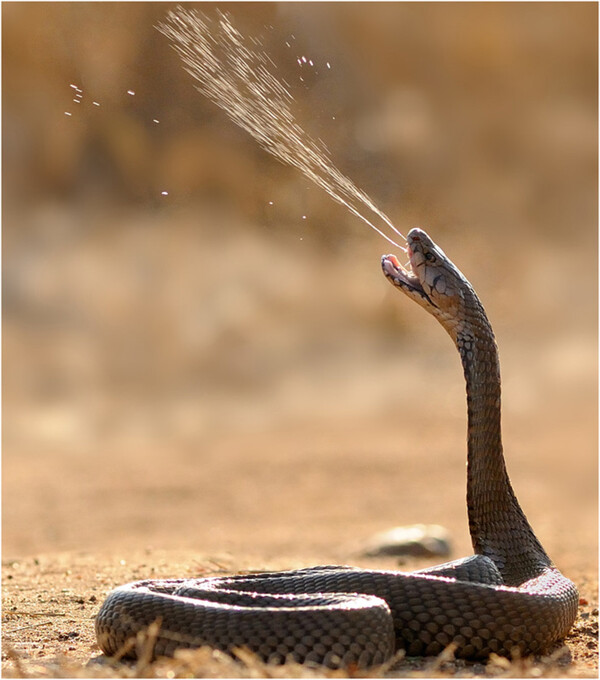
Why are most Australian snakes venomous? Scientists believe it has to do with continental drift. As landmasses split apart, Australia’s snake population evolved to be entirely venomous, while other continents retained a mix of venomous and nonvenomous snakes. This unique evolutionary path has resulted in Australia housing some of the most dangerous snakes on Earth.
But it’s important to note that while Australia is home to many lethal animals, it’s not the deadliest continent overall. Encounters with these creatures are rare, and thanks to antivenins developed for various toxins, fatalities from bites and stings are even rarer. Between 2000 and 2013, only 64 people out of 41,000 hospitalized due to venomous bites or stings lost their lives.
Lethal creatures in Australia aren't limited to venomous species. Sharks, for instance, lack venom but are still considered dangerous. Despite their fearsome reputation, shark attacks average fewer than one fatality per year, with nonfatal attacks varying between 8 and 19 annually from 2011 to 2020. Another surprising danger is the cassowary, a large flightless bird with sharp claws. While they attack over 200 people each year, there has only been one documented death from a cassowary attack since the 1920s.
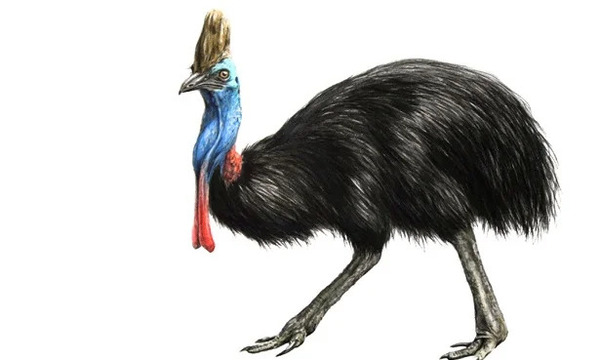
So, does Australia deserve its fearsome reputation? Absolutely! Its animals are indeed capable of causing harm, but a dangerous encounter is unlikely. Unless you provoke an inland taipan in its natural habitat, the chances of a deadly encounter are slim. Plus, with antivenins available for serious bites, visitors can explore Australia’s wildlife with peace of mind, knowing that even the venomous Sydney funnel-web spider won’t be the last thing they ever see.
Australia is renowned for its diverse and unique wildlife, which includes some of the most dangerous animals on the planet. Here’s a closer look at some of the country's most notable creatures.
Inland Taipan
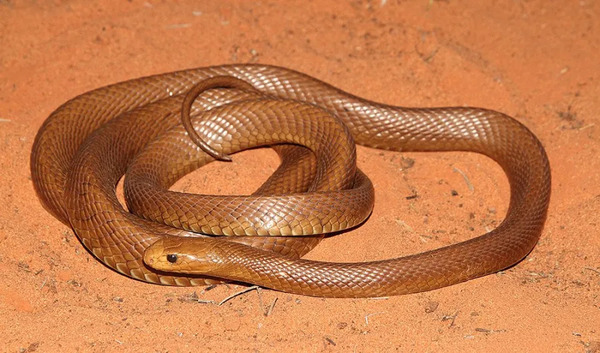
Often dubbed the most venomous snake in the world, the inland taipan has venom that is 50 times more toxic than that of the common cobra. A single bite can deliver enough venom to kill multiple adult humans or about 250,000 mice. Despite its lethal potential, this snake is reclusive and rarely interacts with humans.
Box Jellyfish
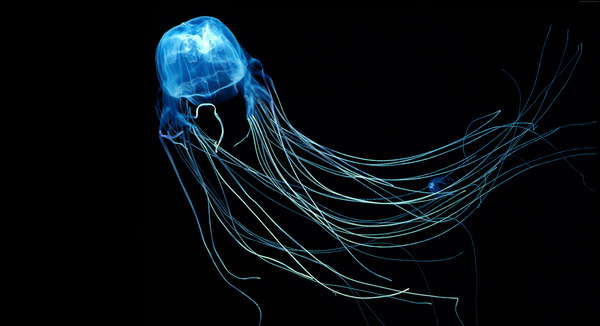
This jellyfish is infamous for its potent venom, which can cause heart failure in just a few minutes. Its tentacles, which can reach up to 10 feet long, are covered in stinging cells that release toxins upon contact. Box jellyfish are often found in northern Australian waters, making swimming a risky endeavor in some areas.
Sydney Funnel-Web Spider
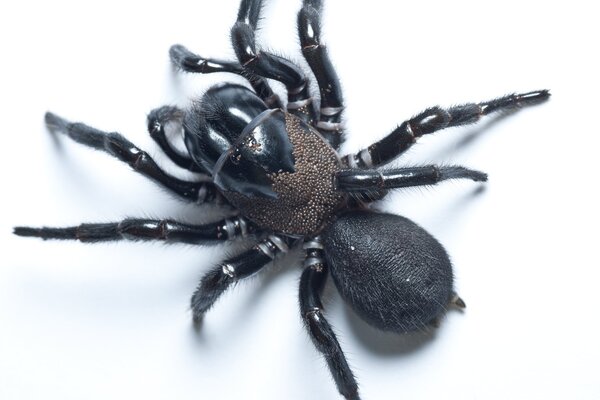
Known for its aggressive behavior and powerful venom, the Sydney funnel-web spider can deliver a bite that may be lethal, especially to children. Fortunately, an effective antivenin exists, allowing many victims to recover if treated promptly.
Saltwater Crocodile
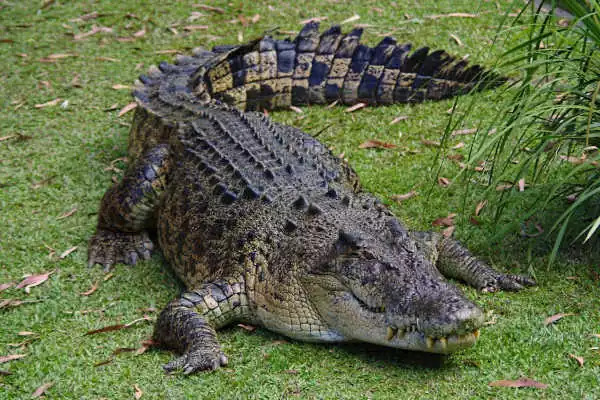
The largest living reptile, saltwater crocodiles can grow up to 23 feet long and are known for their incredible strength and aggression. They are skilled ambush predators, often lurking just below the water's surface, making them a significant threat to anyone venturing into their territory.
Cassowary
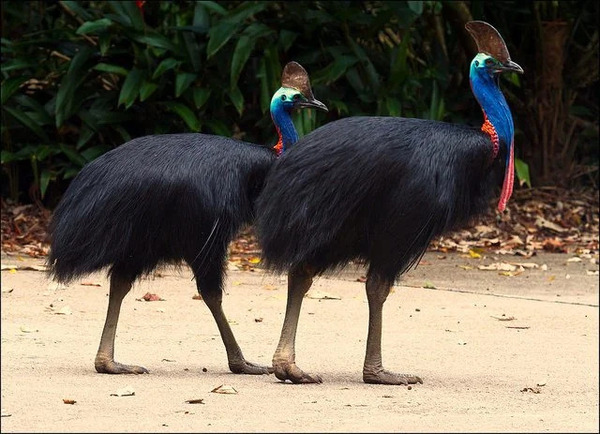
Often referred to as the world’s most dangerous bird, the cassowary can weigh up to 150 pounds and has dagger-like claws on its feet. While attacks on humans are rare, they can be serious when they occur. With their striking blue and black plumage, these birds are as beautiful as they are formidable.
Stonefish
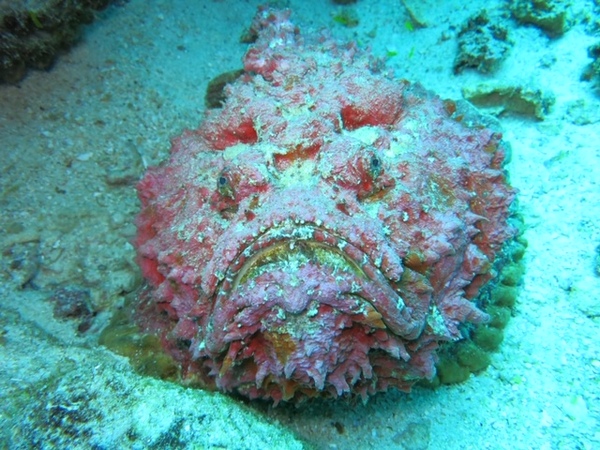
This camouflaged fish is considered the most venomous fish in the world. Its dorsal spines contain venom that can cause excruciating pain and even death if not treated. Stonefish are typically found on the ocean floor, blending seamlessly with their surroundings.
Blue-Ringed Octopus
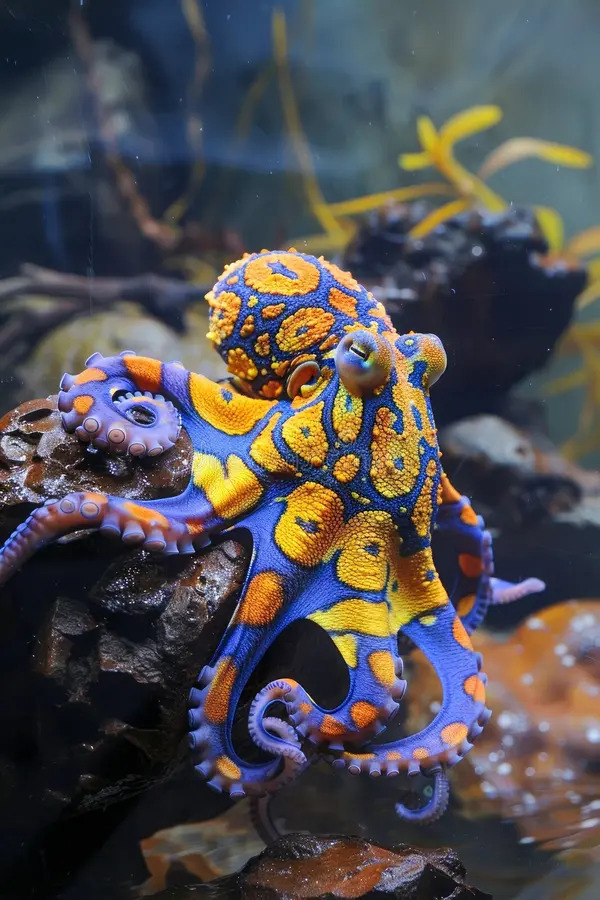
Small but deadly, the blue-ringed octopus carries enough venom to kill several humans within minutes. Its bright blue rings serve as a warning, but many people don’t realize the danger until it’s too late. There is no known antidote, so prompt medical attention is crucial.
Australia’s wildlife is as fascinating as it is dangerous. While these unique animals have earned the country its fearsome reputation, encounters are rare, and most visitors can explore this stunning landscape safely, as long as they respect the natural habitats of these remarkable creatures.
animal tags: cassowary
We created this article in conjunction with AI technology, then made sure it was fact-checked and edited by a Animals Top editor.